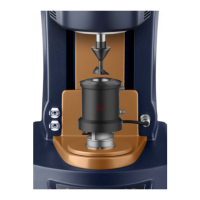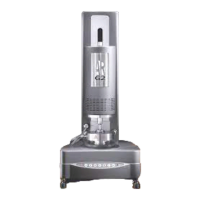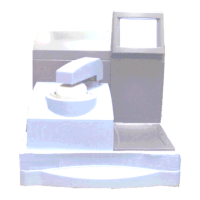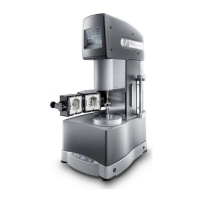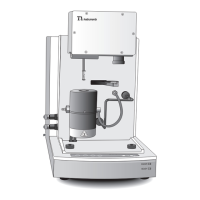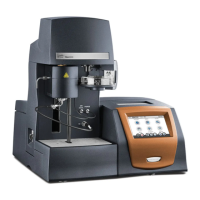Nano ITC Getting Started Guide Page 21
Shutting Down the Instrument
You can leave the instrument and its associated components on when the Nano ITC will be inactive for
several days.
If the Nano ITC will be inactive for more than 5 days, we recommend that you first thoroughly clean, then
empty the cells and turn all equipment off. Exit the ITCRun software before switching off the
instrument power.
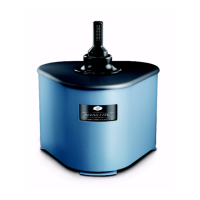
